Use this insulators and conductors worksheet with your students to practise identifying the characteristics of thermal and electrical energy.
What Are Conductors and Insulators?
Conductors and insulators are two categories of materials that describe how well they allow the flow of electrical charge (usually in the form of electrons. Let’s take a quick look at the differences between these two terms!
Conductors
Did you know that some materials allow electrical charge to flow through them with ease? These materials are called conductors, and they are super helpful in facilitating the efficient flow of electricity. Copper, aluminum, silver and gold are some of the most common examples of conductors, and you can find them in electrical wiring all around you!
Insulators
Did you know that insulators are materials that don’t let electrical charge flow through them easily? They’re not good at conducting electricity because the outermost electrons of their atoms are tightly bound to their nuclei and can’t move around easily. Some common examples of insulators are rubber, plastic, glass, wood and ceramics. We use insulators to keep conductive materials apart so electricity doesn’t flow where we don’t want it to. These are important for keeping us safe and for making sure that electrical appliances work properly.
All About This Insulators and Conductors Worksheet
This worksheet can be used as a post-lesson assessment to determine your students’ understanding of the characteristics of conductors and insulators. It can be completed independently or in pairs, in the classroom, or as science homework. Because of its design, you can also use this worksheet as a quiz!
This Insulators and Conductors Worksheet is broken into 3 sections:
First, students will match the following thermal energy vocabulary words to their respective definitions:
- Thermal Energy
- Conduction
- Insulator
- Conductor
- Electrical Energy
Next, students will use their knowledge of thermal heat transference to identify whether each of the following materials is either a conductor or an insulator:
- Aluminum can
- Rubber duck
- Plastic bottle
- Wooden spoon
- Eraser
- Metal spoon
- Penny
- Paper clip
Finally, students will read a short paragraph and recall their observations about thermal energy to determine which material(s) would make the best conductor within the story and write their answers in the space provided.
Expand this Insulators and Conductors Worksheet For Extra Learning
We’ve got a few other ideas for how you can use this download to help your students understand conductors, insulators, and heat energy.
Warm-Up/Exit Activity
Project this worksheet on your smartboard or other devices for the whole class to see. Work through questions 1-13 together, discussing the characteristics of different materials and what makes them conductors or insulators. For question 14, students can write their answers on a separate sheet of paper and turn them in for an easy formative assessment.
Show & Tell
You can turn this worksheet into a review session at the end of your lesson, or right before a test to give students some extra practise. Show each of the items to your class and discuss as a group which are examples of insulators and conductors and how the electrons might move (or don’t move) with the material.
Change the Difficulty Level if Needed
Students who are able to get through this assignment quickly can show they understand the concept by listing other materials and identifying them as good insulators or conductors.
If some students are having trouble with the lesson, you could display an example of an insulator and an example of a conductor on the board as a reference point and apply their science investigation & reasoning skills throughout the worksheet.
Preparing This Resource for Your Students
Because this download includes the answer sheet, we recommend first printing one copy of the entire file. Then, make photocopies of the blank worksheets for students to fill out on their own.
Before You Download
Please note this resource is available in Google Slides or as a PDF. An answer key is also included with this download.
This resource was created by Colleen Burke, a teacher and a Teach Starter Collaborator.
We didn’t stop there! Check out these additional heat energy worksheets and resources.
[resource:2079082] [resource:5016948] [resource:4817312]
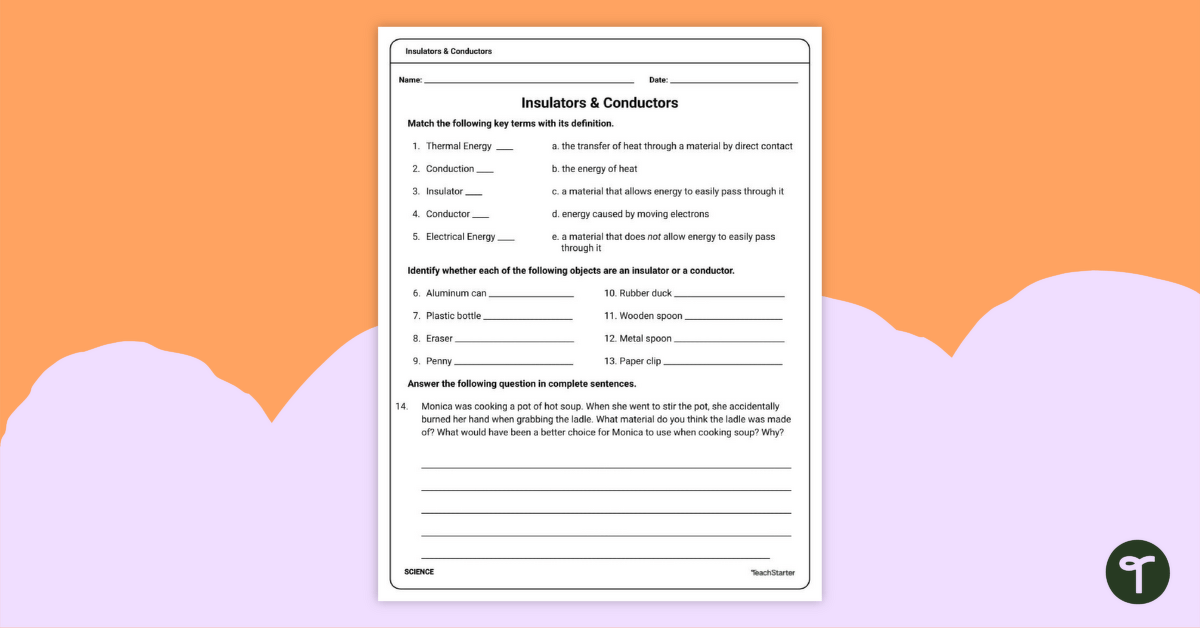

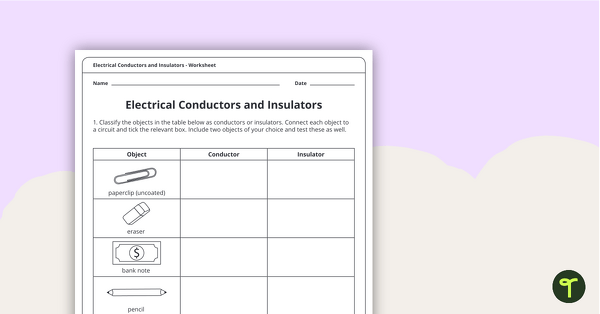
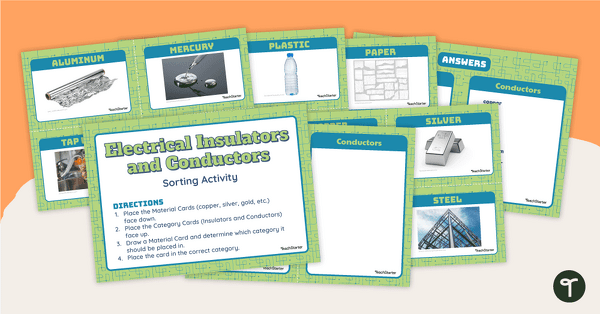
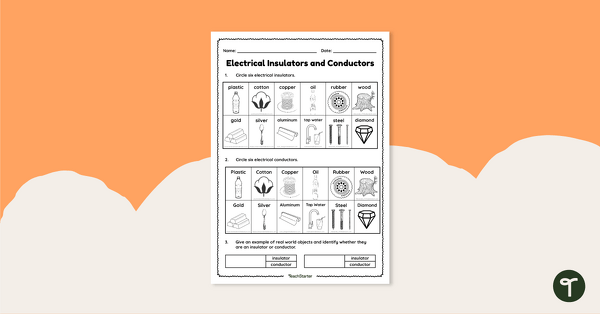
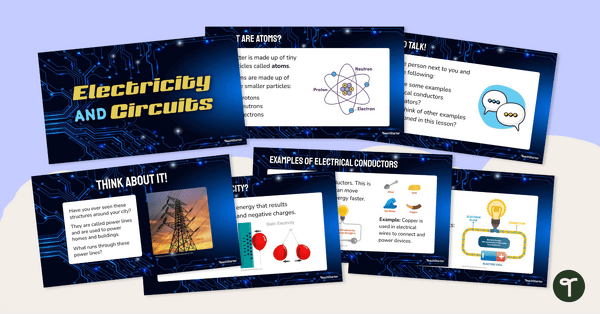
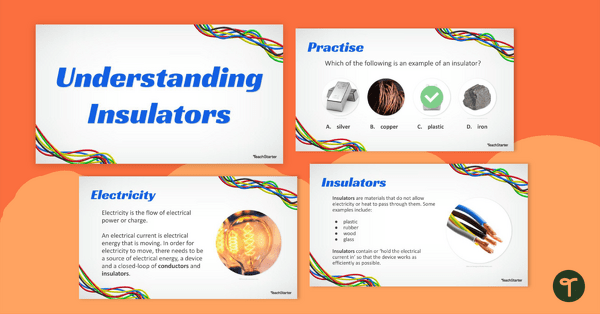

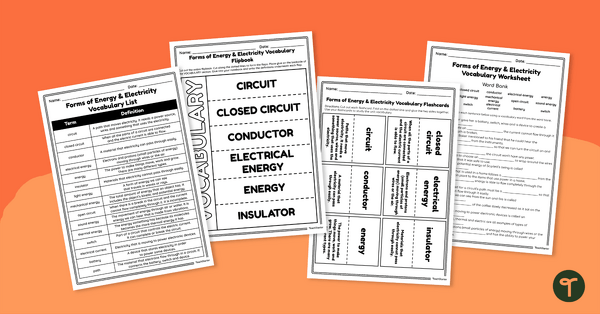
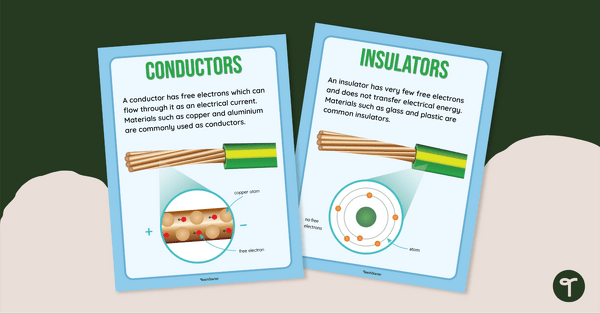
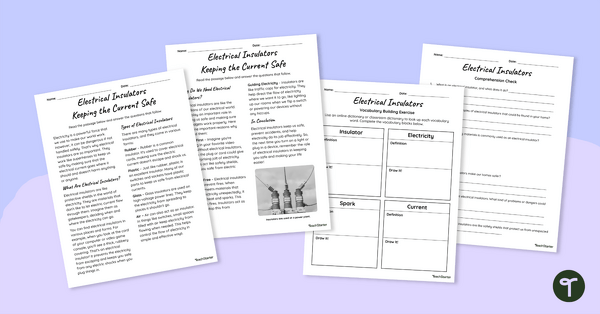
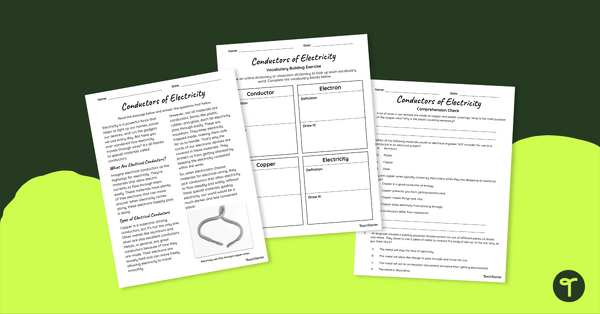
0 Comments
Write a review to help other teachers and parents like yourself. If you'd like to request a change to this resource, or report an error, select the corresponding tab above.